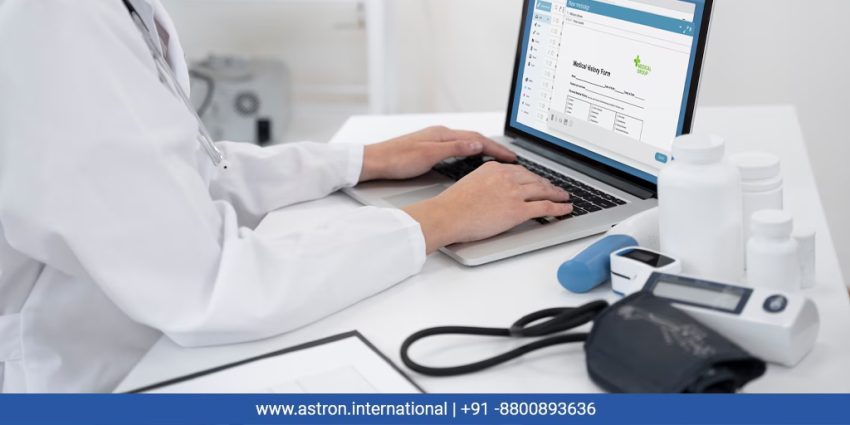The healthcare industry is rapidly growing, and with it comes an increased demand for skilled professionals who can manage and document medical information accurately. One such vital role is that of a medical transcriptionist—a professional trained to convert voice-recorded medical reports into written documents. If you’re considering enrolling in a medical transcription program, it’s important to know the variety of career opportunities that await you upon completion.
Understanding Medical Transcription Program
A medical transcription program equips you with the necessary skills in medical terminology, anatomy, pharmacology, English grammar, and typing proficiency. You also learn how to use transcription software and Electronic Health Record (EHR) systems, enabling you to deliver precise documentation required by doctors, hospitals, and clinics. Once certified, a wide array of job roles becomes available, both in traditional healthcare settings and through remote work platforms.
Medical Transcriptionist
Among the most widely popular jobs following a successful completion of medical transcription program is the job as a medical transcriptionist in hospitals or diagnostic centers. In such position, you will be requested to listen to the audio recording recorded by the healthcare professionals and properly transcribe the speech in written format, which gets added to the permanent medical record of a patient. One must be accurate and attentive to detail in this job since medical errors can bear critical consequences.
Remote Transcription Jobs
Remote transcription jobs are set to increase, especially to the people who like to work flexibly. More hospitals and transcription providers now outsource this activity to freelancers or home based example workers. The advantage is the comfort of doing the job at home and being able to sustain an income. This route can be the ideal one, especially when coming after the completion of a medical transcription program, just after having children or finishing school or one simply wanting to have a more balanced life.
Editing and Proofreading
Editing and proofreading is another good opportunity, possibly even more so with speech recognition software on the increase. Although technology can be used to help in transcription, it still remains to be checked by a human being as far as grammatical errors, context, and medical relevance are concerned. Individuals who are trained and educated to be medical transcriptionists have a good chance of being employed as medical editors, who checked and proofread automated transcriptions.
Insurance/Legal Transcription
Others may also take this further, by enrolling into legal or insurance transcription career. The listening accuracy and document formatting are some of the skills taught in a medical transcription program that have transferability to other industries requiring accuracy in documentation.
Administrative Roles
With medical transcription experience, one could be able to access jobs as medical records manager, medical documentation specialist and training in transcription institutes. You may also develop into the field of health information management with additional education or experience where you will manage the security and correct processing of patient records.
Conclusion
To sum it all up, going through medical transcription program does not simply teach you on how to type medical reports but also presents a doorway to a broad and gradually developing field. Choose the environment, whether in a crowded hospital or at the comfort of home, the career path allows you to have fun, is rewarding and is also a necessity to the healthcare system. As the requirement of doing medical documentation accurately grows, there will be no better time to look at the opportunities that lie in store at the end of a medical transcription course.

